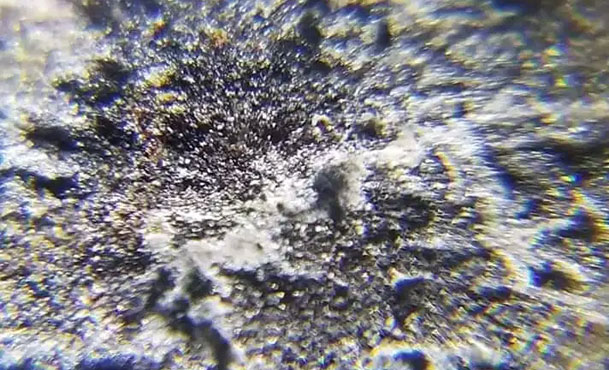
Myth or Truth?
You can't cook fish on cast iron because cast iron absorbs fish.
Myth.
I honestly don't know where these assumptions come from, but they do a good job confusing people.
Cast iron is not porous! Cast iron does not have the ability to soak in flavors like a sponge.
Seasoning is like a coating of paint. When the paint dries, it takes on a new form. Then a second layer is applied to cover up the spots. After the paint dries, you're not able to see the previous paint because you used "layers" of paint. As you season your skillet, you are applying layers. After it's cooked onto the surface of your cast iron, it's no longer considered an oil, but like a film. The oil doesn't soak into the cast iron, as some may think. The oil adheres to the metal and becomes a film once it's baked past the oil's smoke point.
Back to the fish. A well-seasoned cast iron skillet protects the food from clinging onto the surface of the skillet. The seasoning becomes a barrier.
The cast iron can't absorb the flavor because of the following:
1) Cast iron is nonporous
2) Seasoning acts as a barrier between the skillet and the product your cooking.
If people do taste fish in their food after wiping their pan down, it's because your not cleaning it properly. Please use soap. Fish can go bad and it can make you sick. Remember what I said earlier? Oil is no longer an oil after it has reached the smoke point. Soap won't affect your pan because soap no longer contains lye.
Your pan needs to be washed. Skillets are also prone to mold growth. After using a smartphone microscope to examine a skillet, I found eggs growing mold. Mold was all over the skillet and bugs.
Please wash your skillet after you cook. You don't want mites or mold growth in your food.

